Home>Storage & Organization>Kitchen Organizing Tools>How To Attract Cat To A Litter Box


Kitchen Organizing Tools
How To Attract Cat To A Litter Box
Modified: August 24, 2024
Learn how to attract your cat to a litter box with the best kitchen organizing tools. Discover effective tips and tricks for a successful transition. Keep your home clean and your cat happy!
(Many of the links in this article redirect to a specific reviewed product. Your purchase of these products through affiliate links helps to generate commission for Storables.com, at no extra cost. Learn more)
Introduction
Welcoming a new cat into your home can be an exciting and rewarding experience. However, ensuring that your feline friend is comfortable and content in their new environment is essential. One of the most crucial aspects of cat care is providing a suitable litter box and encouraging the cat to use it consistently.
A well-maintained litter box plays a pivotal role in maintaining a clean and odor-free living space, while also promoting your cat's health and well-being. Understanding your cat's behavior, selecting the right litter box, choosing the appropriate location, and using the correct type of litter are all essential factors in creating an inviting and functional space for your cat to relieve themselves.
In this comprehensive guide, we will delve into the intricacies of attracting your cat to a litter box, offering valuable insights and practical tips to help you navigate this aspect of feline care with confidence. By understanding your cat's instincts and preferences, you can create an environment that encourages proper litter box usage, fostering a harmonious cohabitation between you and your beloved pet.
Key Takeaways:
- Understanding your cat’s behavior and preferences is crucial for attracting them to a litter box. Respect their need for privacy, choose the right box, and create a comfortable bathroom environment to encourage consistent use.
- Regular cleaning, positive reinforcement, and addressing stressors are key to encouraging your cat to use the litter box. Create a calm and accessible space to foster proper bathroom habits and strengthen your bond.
Read more: How To Travel With A Cat Litter Box
Understanding the Cat's Behavior
Understanding your cat's behavior is fundamental to successfully attracting them to a litter box. Cats are inherently clean animals with strong instincts related to elimination. They are meticulous about their bathroom habits and prefer a clean and private space for this purpose. By recognizing and respecting these natural tendencies, you can create an environment that aligns with your cat's preferences, making the litter box an appealing and inviting space for them.
Cats are territorial creatures, and they often exhibit a preference for specific textures and locations when it comes to eliminating waste. Observing your cat's behavior can provide valuable insights into their preferences. Some cats may prefer open litter boxes, while others may feel more secure in enclosed ones. Additionally, cats may have a preference for certain types of litter, such as clumping, non-clumping, scented, or unscented varieties.
Furthermore, cats are sensitive to their surroundings and may be deterred from using a litter box if it is placed in a high-traffic area or near noisy appliances. Understanding your cat's need for privacy and tranquility can guide you in selecting an appropriate location for the litter box within your home.
By acknowledging and respecting your cat's natural inclinations, you can tailor the litter box setup to align with their preferences, ultimately increasing the likelihood of successful litter box usage. This understanding forms the foundation for creating a comfortable and inviting bathroom environment for your feline companion.
Choosing the Right Litter Box
Selecting the right litter box is a crucial step in creating an inviting and functional bathroom space for your cat. With a myriad of options available, it's essential to consider your cat's preferences and your home environment when choosing the perfect litter box.
Size and Accessibility
When choosing a litter box, consider the size and accessibility that would best suit your cat. The box should be large enough for your cat to comfortably turn around and dig, providing ample space for them to perform their bathroom activities without feeling confined. Additionally, if you have a kitten or an older cat, consider a litter box with lower sides for easy entry and exit.
Open vs. Enclosed
The decision between an open or enclosed litter box depends on your cat's preferences and your home environment. Open litter boxes offer easy access and ventilation, making them suitable for cats who prefer a more open space. On the other hand, enclosed litter boxes provide privacy and can help contain litter scatter and odors, making them ideal for cats who appreciate a more secluded bathroom experience.
Read more: What Is A Cat Litter Box
Litter Box Design
Litter boxes come in various designs, including traditional rectangular boxes, corner boxes, and top-entry boxes. The design you choose should align with your cat's preferences and your available space. Some cats may prefer the privacy offered by a covered or top-entry litter box, while others may feel more comfortable with a standard open box.
Multiple Boxes
If you have multiple cats, it's advisable to provide a litter box for each feline, plus one extra. This ensures that each cat has access to a designated bathroom area, reducing the likelihood of territorial disputes and promoting a harmonious bathroom routine for all your pets.
Self-Cleaning Options
For busy pet owners, self-cleaning litter boxes offer a convenient solution for maintaining a clean bathroom environment for your cat. These automated systems can help ensure that the litter box is consistently clean, reducing the manual effort required to keep it tidy and inviting for your cat.
By carefully considering your cat's preferences, your home environment, and your lifestyle, you can select a litter box that meets both your cat's needs and your practical requirements. Choosing the right litter box sets the stage for a positive and successful litter box experience for your feline companion.
Placing the Litter Box in the Right Location
The placement of the litter box plays a pivotal role in attracting your cat to use it consistently. Cats are creatures of habit and are sensitive to their surroundings, making the location of the litter box a critical factor in their willingness to use it. By strategically placing the litter box in the right location, you can create a comfortable and inviting bathroom environment for your feline companion.
Read more: How To Make A Litter Box For Cats
Consider Your Cat's Privacy and Safety
When determining the ideal location for the litter box, consider your cat's need for privacy and safety. Cats prefer quiet and low-traffic areas for their bathroom activities, as they instinctively seek a sense of seclusion and security during these moments. Choose a location that is away from noisy appliances, high-traffic areas, and areas frequented by other pets or young children. This ensures that your cat can use the litter box without feeling stressed or interrupted, promoting a positive bathroom experience.
Accessibility and Convenience
The accessibility of the litter box is another crucial consideration. Ensure that the litter box is easily accessible to your cat at all times. Avoid placing it in areas that are difficult for your cat to reach, such as high shelves or tight corners. Additionally, if you have multiple floors in your home, it's advisable to provide a litter box on each level to accommodate your cat's needs, especially for senior cats or kittens who may have difficulty navigating stairs.
Adequate Ventilation and Light
Proper ventilation and lighting in the chosen location are essential for creating a comfortable bathroom environment. Ensure that the area is well-ventilated to prevent the accumulation of odors and maintain a fresh atmosphere around the litter box. Natural light can also contribute to a welcoming and inviting space for your cat, so consider placing the litter box in an area with sufficient natural or artificial light.
Multiple Litter Box Locations
If you have multiple cats, providing multiple litter box locations can help prevent territorial disputes and promote harmonious bathroom habits. Each cat should have access to a designated litter box in a separate, yet easily accessible, location. This not only reduces the likelihood of competition and stress but also ensures that each cat has a private and inviting space for their bathroom needs.
By carefully considering your cat's need for privacy, safety, accessibility, ventilation, and lighting, you can select the optimal location for the litter box within your home. This thoughtful approach to placement sets the stage for a positive and consistent litter box experience for your cat, contributing to a harmonious and contented cohabitation between you and your feline companion.
Read more: How Big Should A Litter Box Be For A Cat
Using the Right Type of Litter
Selecting the appropriate type of litter is a crucial aspect of creating an inviting and functional bathroom environment for your cat. Cats have distinct preferences when it comes to the texture, scent, and absorbency of their litter, and catering to these preferences can significantly impact their willingness to use the litter box consistently.
Consider Your Cat's Preferences
Understanding your cat's preferences is essential when choosing the right type of litter. Some cats may prefer clumping litter, which forms solid clumps when wet, making it easier to scoop and maintain cleanliness. On the other hand, non-clumping litter may be preferred by cats who are sensitive to texture or dust. Additionally, some cats may have a preference for scented or unscented litter, with scented options providing odor control and unscented varieties catering to more sensitive feline noses.
Texture and Comfort
The texture of the litter is another critical consideration. Cats often have individual preferences for the texture of the litter beneath their paws. Some may favor finer, sand-like textures, while others may prefer coarser, pellet-like litter. Observing your cat's behavior and reactions to different litter textures can help you identify their preferences and select a litter that aligns with their comfort and satisfaction.
Dust and Tracking
Minimizing dust and tracking is important for both your cat's respiratory health and the cleanliness of your home. Low-dust litters are beneficial for cats and their human companions, reducing the risk of respiratory irritation and maintaining a cleaner living environment. Additionally, selecting a litter with minimal tracking properties can help contain litter scatter, reducing the need for frequent sweeping and vacuuming.
Read more: Best Litter Box For Cats Who Kick Litter
Environmental Impact
Considering the environmental impact of the litter is also a responsible choice for pet owners. Many eco-friendly litter options, such as those made from recycled paper, wood, or plant-based materials, offer sustainable alternatives to traditional clay-based litters. These environmentally conscious choices not only benefit the planet but also provide a natural and biodegradable option for your cat's bathroom needs.
By carefully considering your cat's preferences, comfort, health, and the environmental impact of the litter, you can select a type that aligns with both your cat's needs and your values as a pet owner. Choosing the right type of litter sets the stage for a positive and consistent litter box experience for your cat, contributing to a harmonious and contented cohabitation between you and your feline companion.
Keeping the Litter Box Clean
Maintaining a clean litter box is essential for promoting your cat's consistent and comfortable use of the designated bathroom area. A pristine litter box not only contributes to a hygienic living environment but also supports your cat's health and well-being. By implementing a regular cleaning routine and adhering to best practices, you can ensure that the litter box remains an inviting and functional space for your feline companion.
Regular Scooping
Regular scooping is the cornerstone of litter box maintenance. Ideally, the litter should be scooped at least once a day to remove soiled clumps and feces. This not only prevents odor buildup but also provides your cat with a clean and hygienic space for their bathroom activities. Investing in a quality litter scoop designed to sift through the litter efficiently can streamline this essential task.
Complete Litter Replacement
In addition to daily scooping, periodic complete litter replacement is necessary to maintain cleanliness and freshness. The frequency of complete litter replacement depends on the type of litter used and the number of cats in your household. Clumping litter may require a full change every two to three weeks, while non-clumping litter may necessitate more frequent replacement. When replacing the litter, thoroughly clean the litter box with mild, unscented soap and water before refilling it with fresh litter.
Read more: How To Teach A Cat To Use A Litter Box
Odor Control
Effective odor control is crucial for creating a pleasant bathroom environment for both you and your cat. Utilizing odor-neutralizing litter or adding baking soda to the litter can help minimize unpleasant odors. Additionally, placing an activated charcoal odor absorber near the litter box can further enhance odor control, ensuring that the surrounding area remains fresh and inviting.
Cleaning the Litter Box
Regular cleaning of the litter box itself is essential for preventing the buildup of bacteria and germs. When performing a complete litter replacement, take the opportunity to clean the litter box thoroughly. Use a mild detergent and hot water to scrub the box, ensuring that all residues and odors are eliminated. Allow the litter box to dry completely before adding fresh litter, promoting a clean and sanitary bathroom space for your cat.
Consider Self-Cleaning Options
For pet owners seeking a convenient solution for litter box maintenance, self-cleaning litter boxes offer an automated and efficient way to keep the litter box clean. These innovative systems automatically sift and remove waste, minimizing the need for manual scooping and ensuring that the litter box remains consistently clean and inviting for your cat.
By prioritizing regular scooping, complete litter replacement, effective odor control, thorough litter box cleaning, and considering self-cleaning options, you can uphold a high standard of cleanliness in the litter box. This proactive approach not only promotes your cat's consistent use of the litter box but also contributes to a harmonious and hygienic living environment for both you and your feline companion.
Encouraging the Cat to Use the Litter Box
Encouraging your cat to use the litter box consistently is a gradual process that requires patience, understanding, and positive reinforcement. Whether you have a new kitten or are addressing litter box issues with an adult cat, employing effective strategies can help foster proper litter box habits and create a harmonious bathroom routine for your feline companion.
Read more: How To Train A Cat To Pee In The Litter Box
Gradual Introduction
When introducing a new cat to your home or implementing a new litter box, it's essential to allow your cat to acclimate gradually. Place the cat in the same room as the litter box initially, allowing them to explore and familiarize themselves with the new environment. This gradual introduction can help reduce stress and anxiety, promoting a positive association with the litter box.
Positive Reinforcement
Positive reinforcement plays a pivotal role in encouraging your cat to use the litter box consistently. When your cat uses the litter box correctly, offer verbal praise, gentle petting, or a small treat to reinforce this desirable behavior. Positive reinforcement creates a positive association with the litter box, motivating your cat to continue using it.
Addressing Accidents
If your cat has an accident outside the litter box, it's crucial to address the situation calmly and without punishment. Clean the soiled area thoroughly with an enzymatic cleaner to eliminate odors and discourage repeat incidents. Avoid using ammonia-based cleaners, as they can mimic the scent of cat urine, potentially attracting your cat to the same spot.
Identifying Stressors
Cats may avoid using the litter box due to stress or anxiety. Identifying and addressing potential stressors, such as changes in the household, new pets, or relocation, can help alleviate your cat's anxiety and promote consistent litter box usage. Providing a calm and predictable environment can contribute to your cat's comfort and confidence in using the litter box.
Read more: How To Clean A Robot Cat Litter Box
Litter Box Accessibility
Ensuring that the litter box is easily accessible to your cat is essential for promoting consistent use. If you have multiple cats, ensure that each cat has access to a designated litter box in a separate location. Additionally, consider the accessibility of the litter box for senior cats or kittens, making adjustments as needed to accommodate their needs.
Veterinary Consultation
If your cat exhibits persistent litter box aversion or changes in bathroom habits, consulting a veterinarian is advisable. Medical issues, such as urinary tract infections or other health concerns, can contribute to litter box avoidance. A veterinary evaluation can help rule out underlying medical conditions and guide you in addressing your cat's litter box behavior effectively.
By employing these strategies and maintaining a patient and supportive approach, you can encourage your cat to use the litter box consistently, fostering a positive and harmonious bathroom routine. Understanding your cat's needs, providing a comfortable and inviting bathroom environment, and offering positive reinforcement are key elements in promoting proper litter box habits and strengthening the bond between you and your feline companion.
Conclusion
In conclusion, attracting a cat to a litter box involves a thoughtful and multifaceted approach that considers the cat's natural behavior, preferences, and the physical environment. By understanding the innate instincts of cats and respecting their need for privacy, safety, and comfort, pet owners can create an inviting and functional bathroom space that promotes consistent litter box usage.
Choosing the right litter box, considering factors such as size, accessibility, design, and self-cleaning options, sets the stage for a positive litter box experience. Placing the litter box in the right location, taking into account privacy, accessibility, ventilation, and lighting, further enhances the appeal of the bathroom environment for the cat.
Selecting the right type of litter, based on the cat's preferences, texture, dust, tracking, and environmental impact, contributes to the overall comfort and satisfaction of the cat. Additionally, maintaining a clean litter box through regular scooping, complete litter replacement, effective odor control, and thorough cleaning ensures a hygienic and inviting space for the cat's bathroom activities.
Encouraging the cat to use the litter box consistently involves gradual introduction, positive reinforcement, addressing accidents, identifying stressors, ensuring litter box accessibility, and seeking veterinary consultation if necessary. These strategies, coupled with patience and understanding, play a crucial role in fostering proper litter box habits and strengthening the bond between the cat and its owner.
Ultimately, creating an environment that attracts a cat to a litter box is a collaborative effort that requires empathy, observation, and proactive care. By aligning the litter box setup with the cat's instincts and preferences, pet owners can establish a harmonious bathroom routine that promotes the well-being of the cat and contributes to a clean and contented living space for both the cat and its human companions.
Frequently Asked Questions about How To Attract Cat To A Litter Box
Was this page helpful?
At Storables.com, we guarantee accurate and reliable information. Our content, validated by Expert Board Contributors, is crafted following stringent Editorial Policies. We're committed to providing you with well-researched, expert-backed insights for all your informational needs.
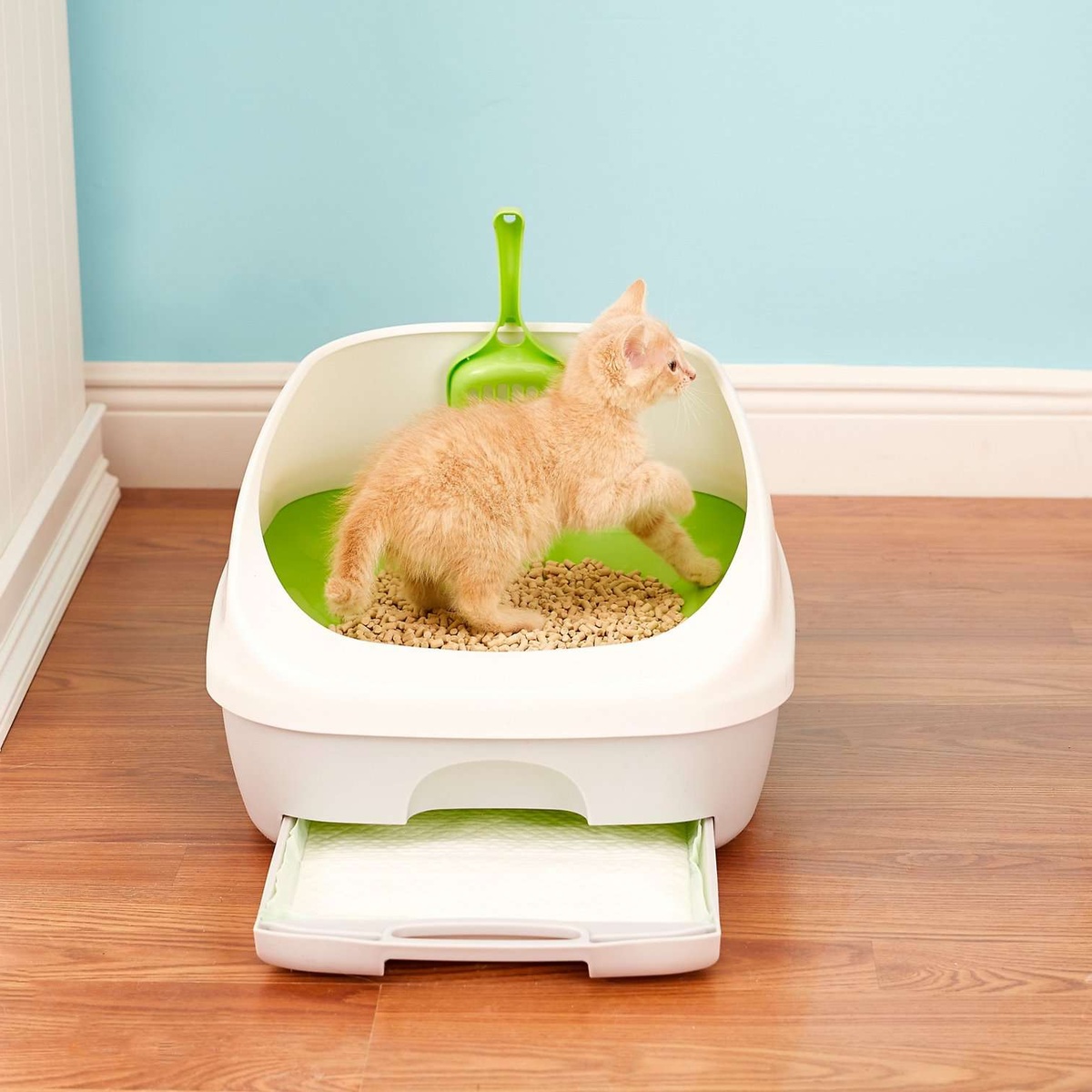
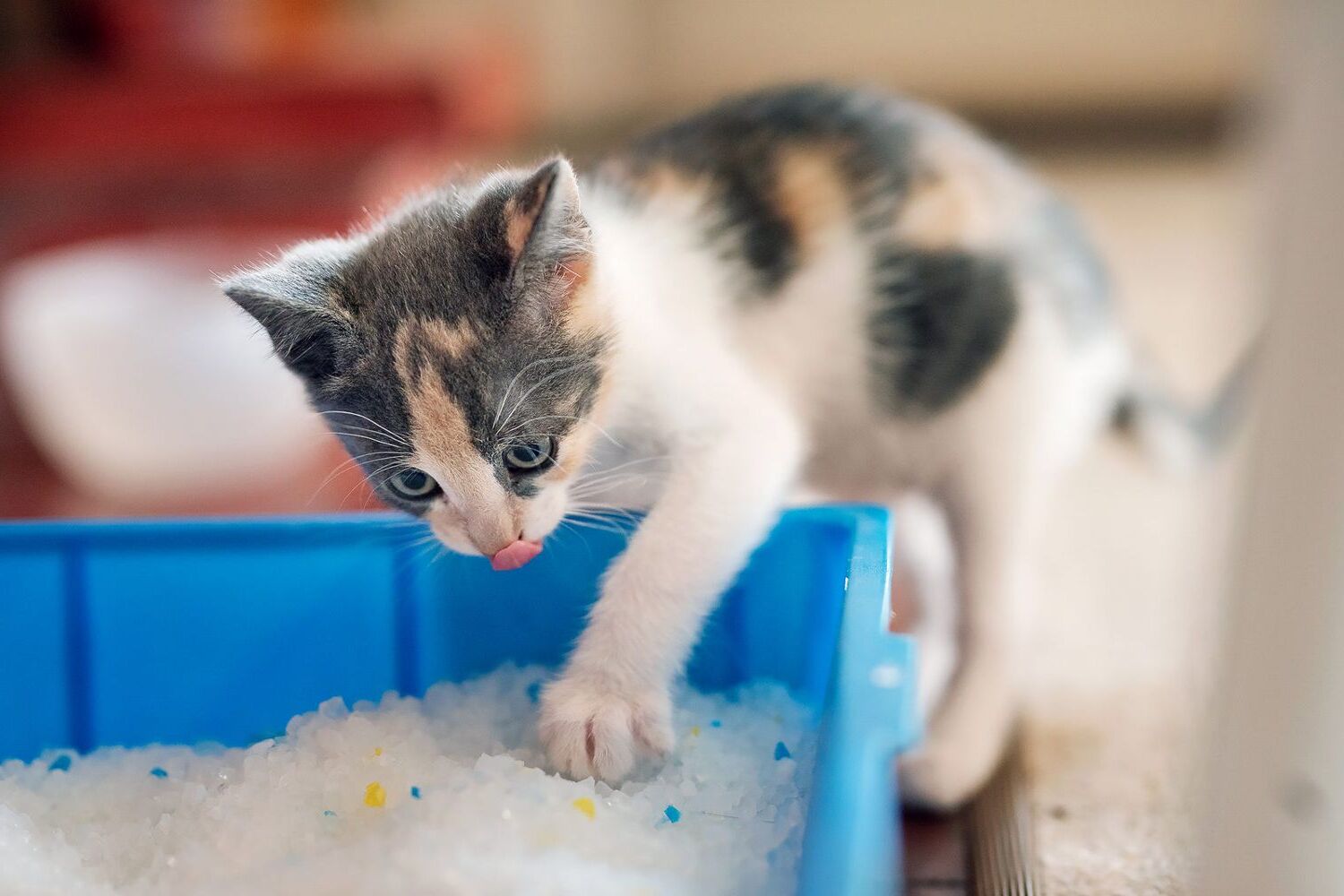
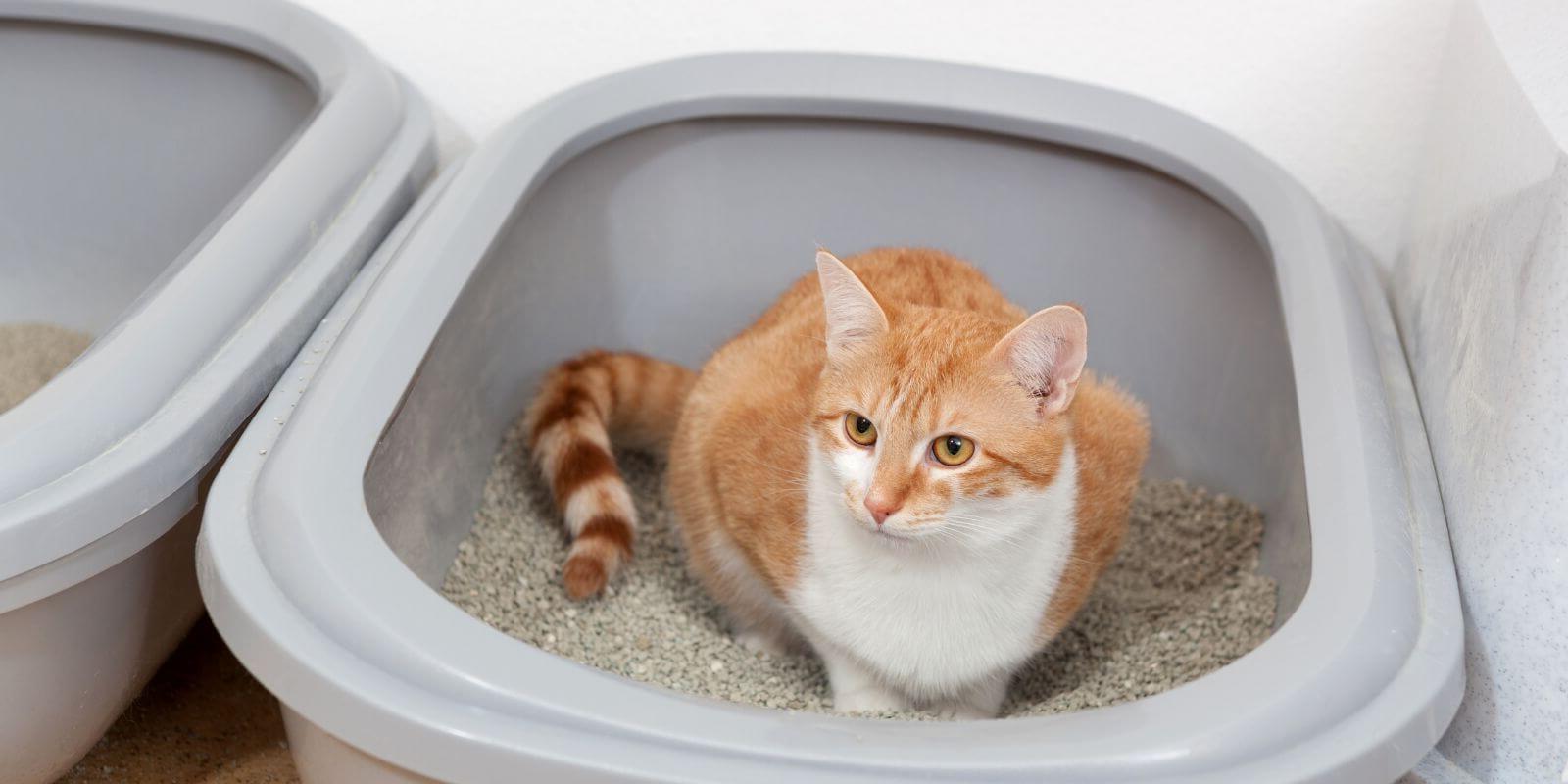
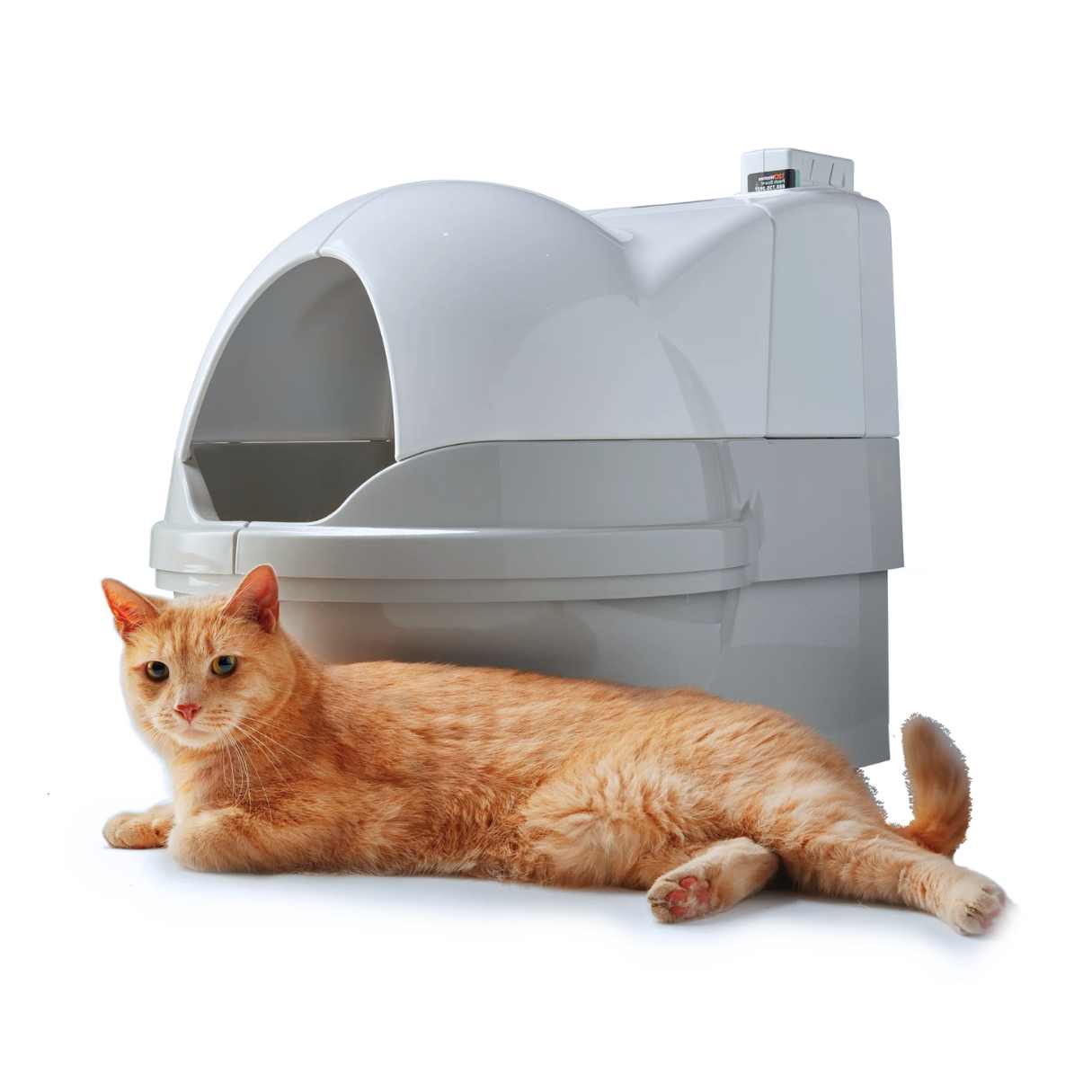
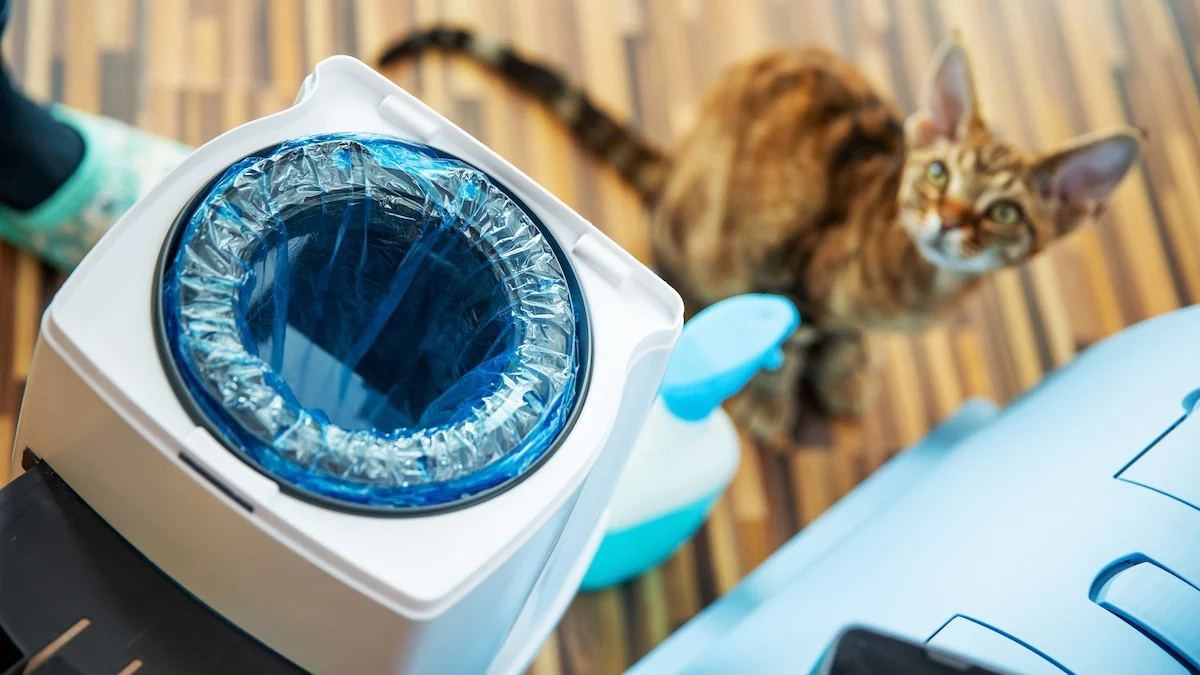
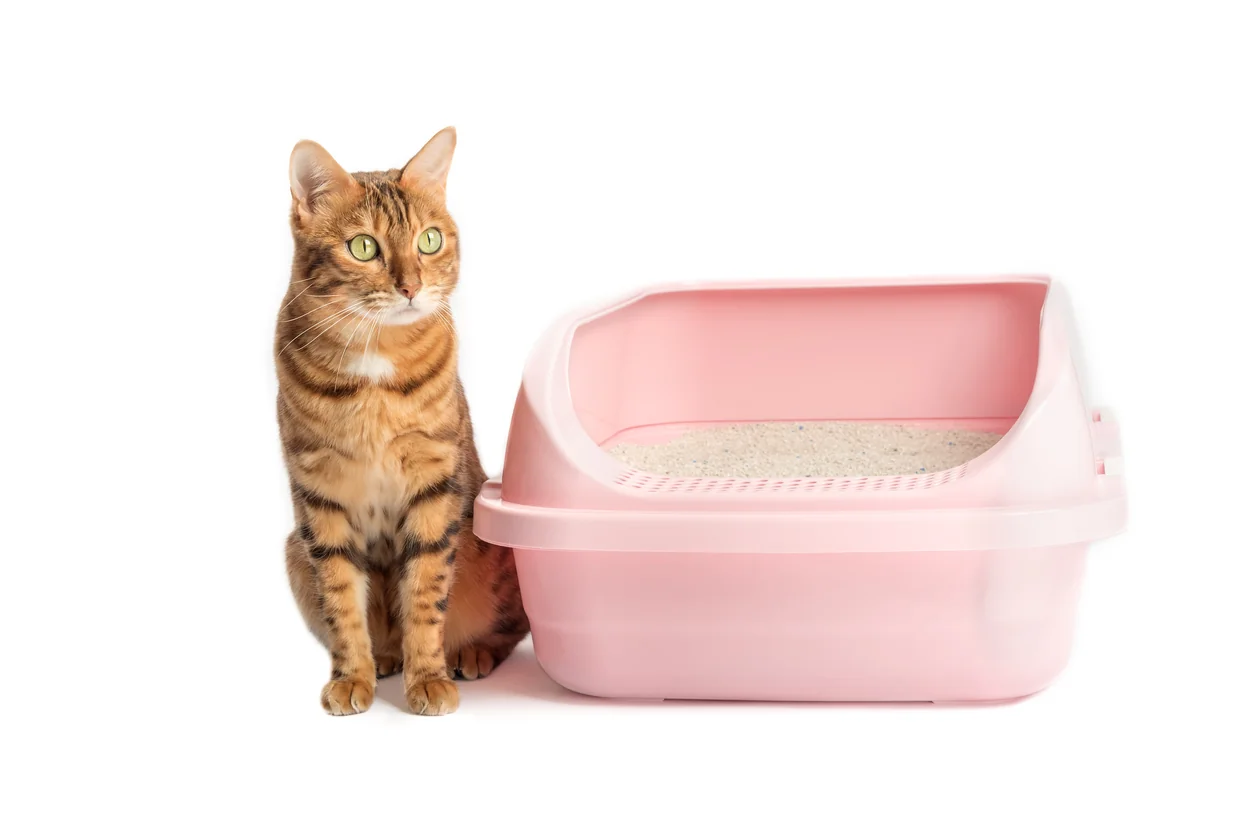
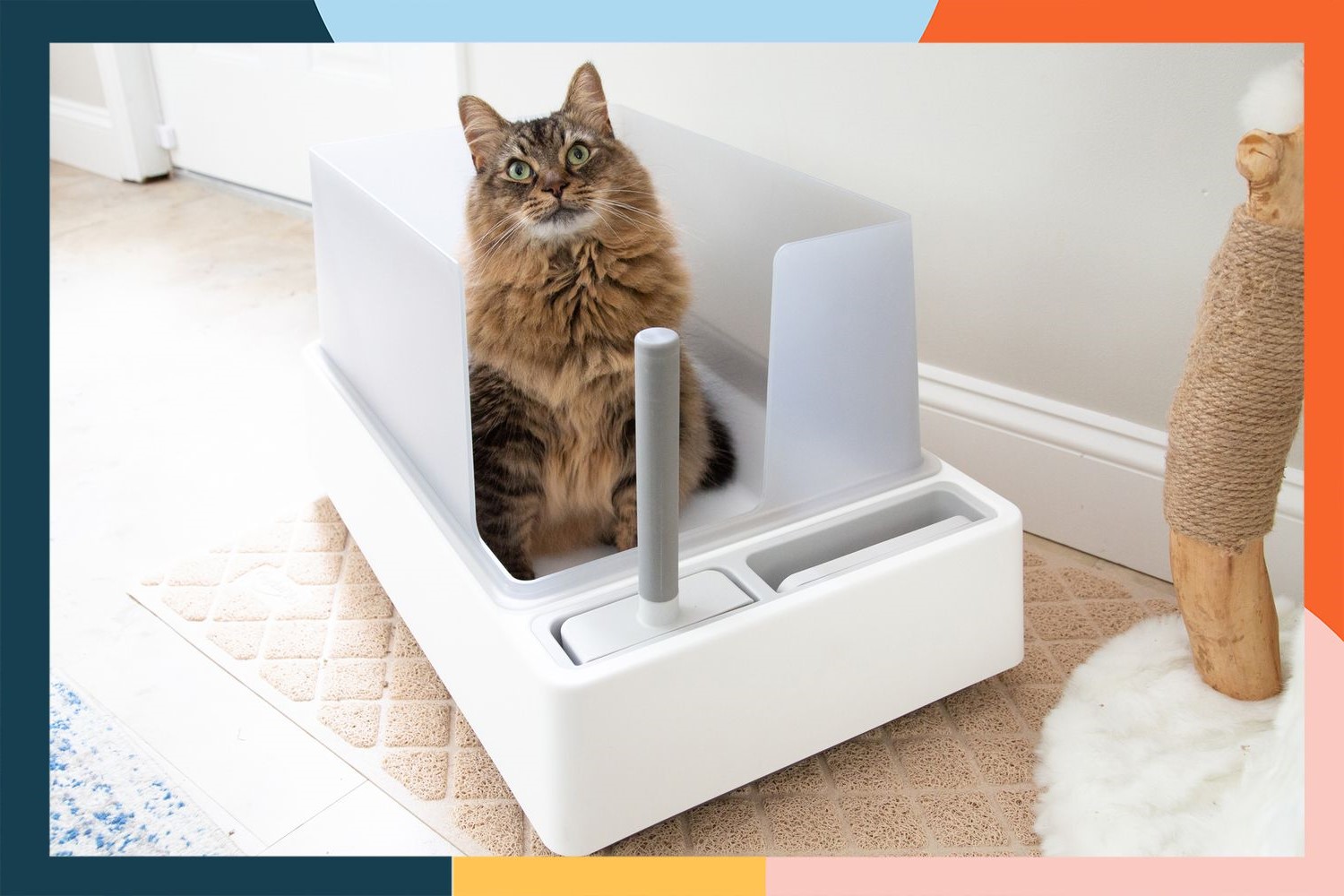
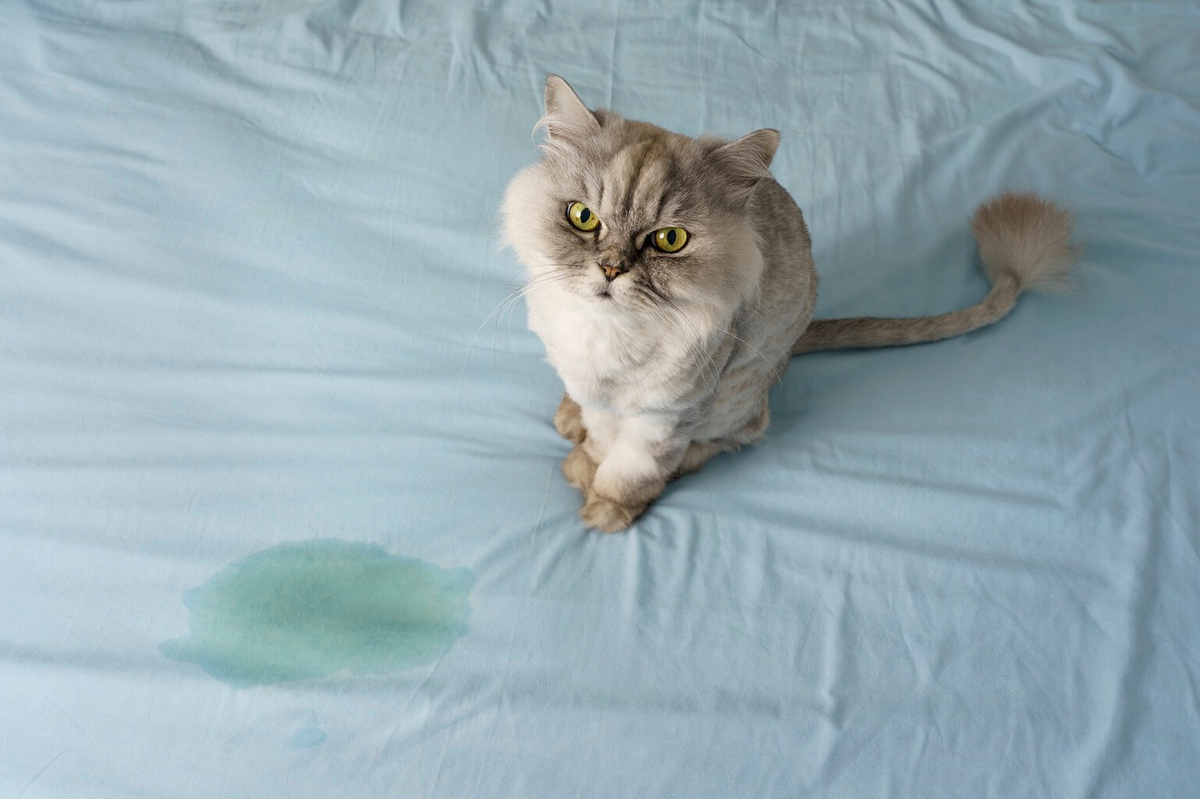

0 thoughts on “How To Attract Cat To A Litter Box”